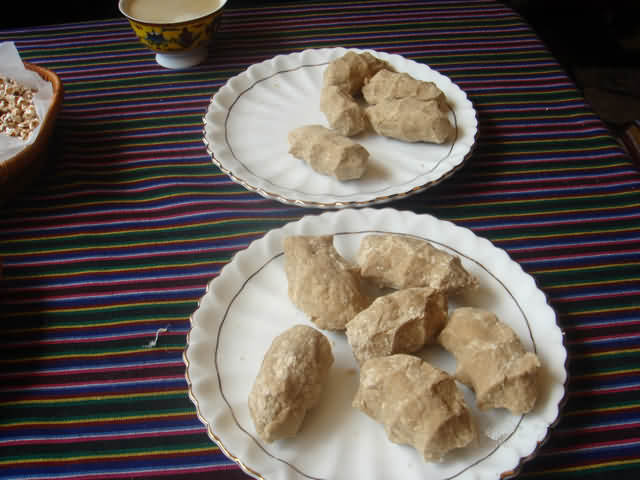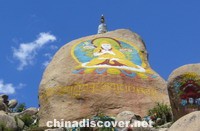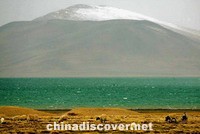Tibet Food Guide
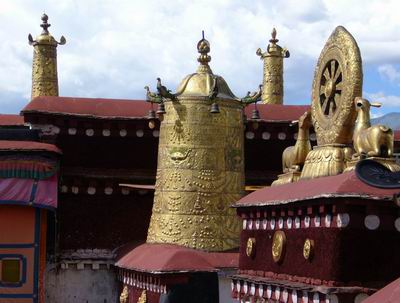
-
Province:Tibet (Chinese: 西藏, Pinyin: Xī Zàng)
-
Population :2,840,000
-
Area :1,228,400 square km (474,300 square mile)
-
Overview:With an average elevation of 4,900 metres (16,000 ft), Tibet has long been a favored destination for tourists from around the world.
Tibet has unique food and drink due to its highland climate, religious beliefs, and distinctive ethnic customs. Most people traveling to Tibet enjoy sampling authentic Tibetan food, but few can really get used to it.
Among the great variety of Tibetan food, tsampa and buttered tea are the most popular. The former, made of barley flour and tasting a little bit sour, is very nutritious and tasty, while the latter, a mixture of butter, tea and salt, claims to be a good energy-giving beverage. Quite a few tourists drink it during their stay in Tibet in order to adapt to the high altitudes and dry climate and it can become quite addictive.
Best Dining Areas
All the hotels in Tibet serve Tibetan food and the Tibetan restaurants along Eastern Beijing Road in Lhasa enjoy quite a reputation among tourists. Tibetan food is no longer the only choice for tourists. Now in Tibet towns, Lhasa for example, tourists can also try Sichuan cuisine and Western style dishes as well as Nepalese and Indian food in some hotel restaurants. Most of the restaurants in Lhasa cluster around Jokhang Temple and Barkhor Street, the center of Lhasa City. It's worth noting that Sichuan dishes in Tibet are more expensive than in other parts of China.
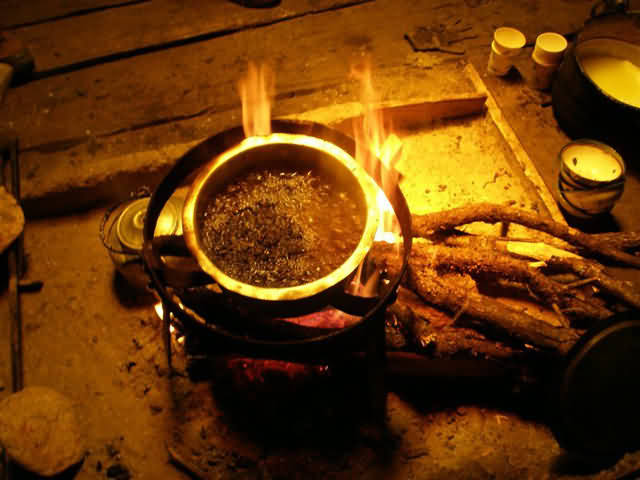
Buttered tea is the favorite drink of Tibetan people. It is made of boiled brick tea and ghee. Ghee, which looks like butter, is a kind of dairy product of fat abstracted from cow milk or sheep milk. ...more
